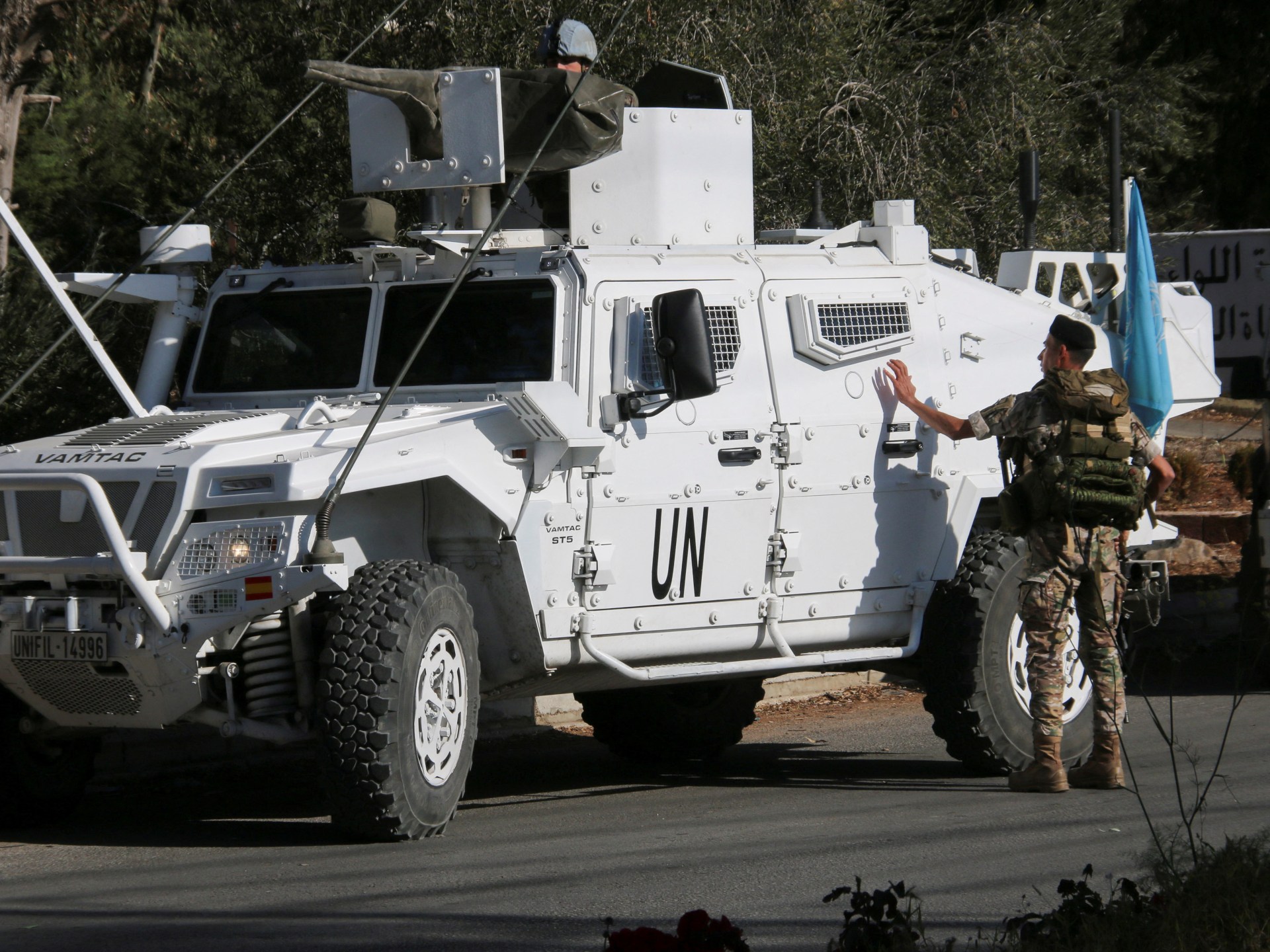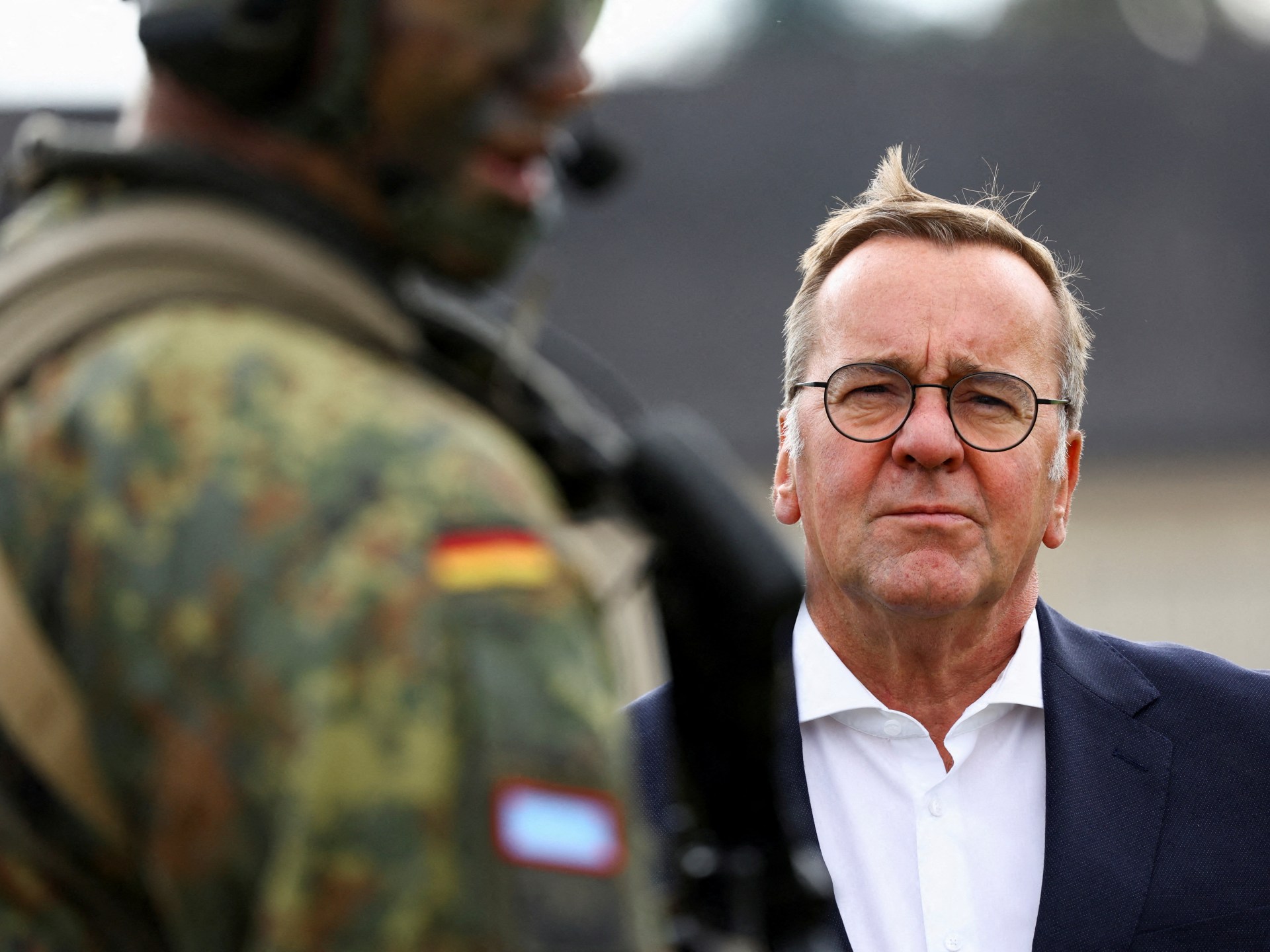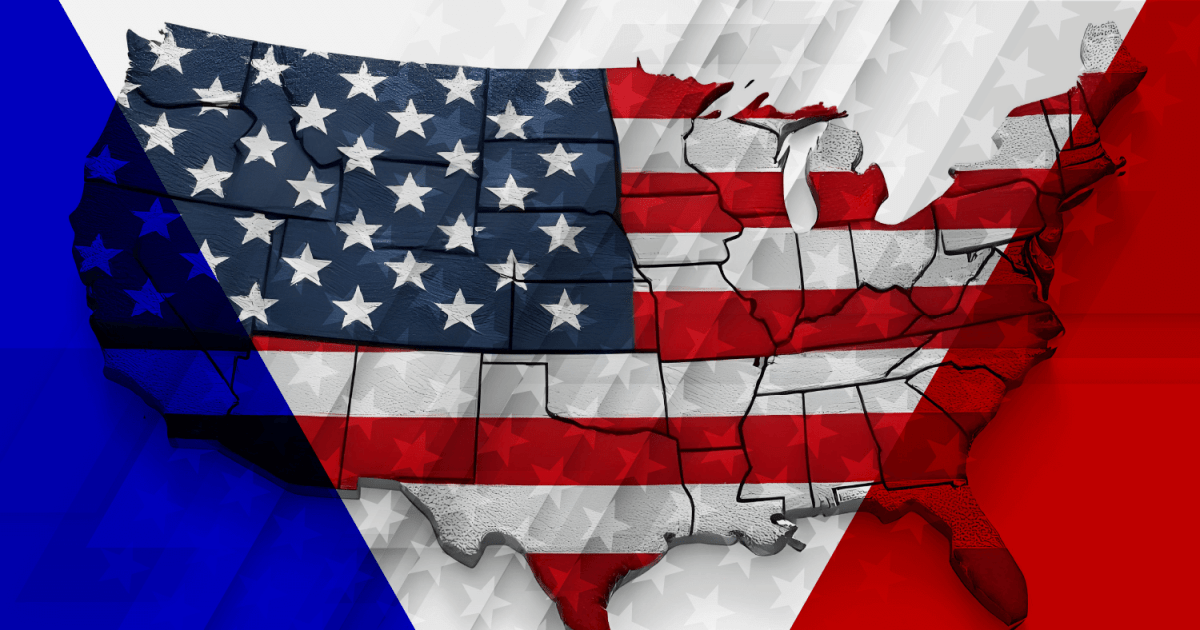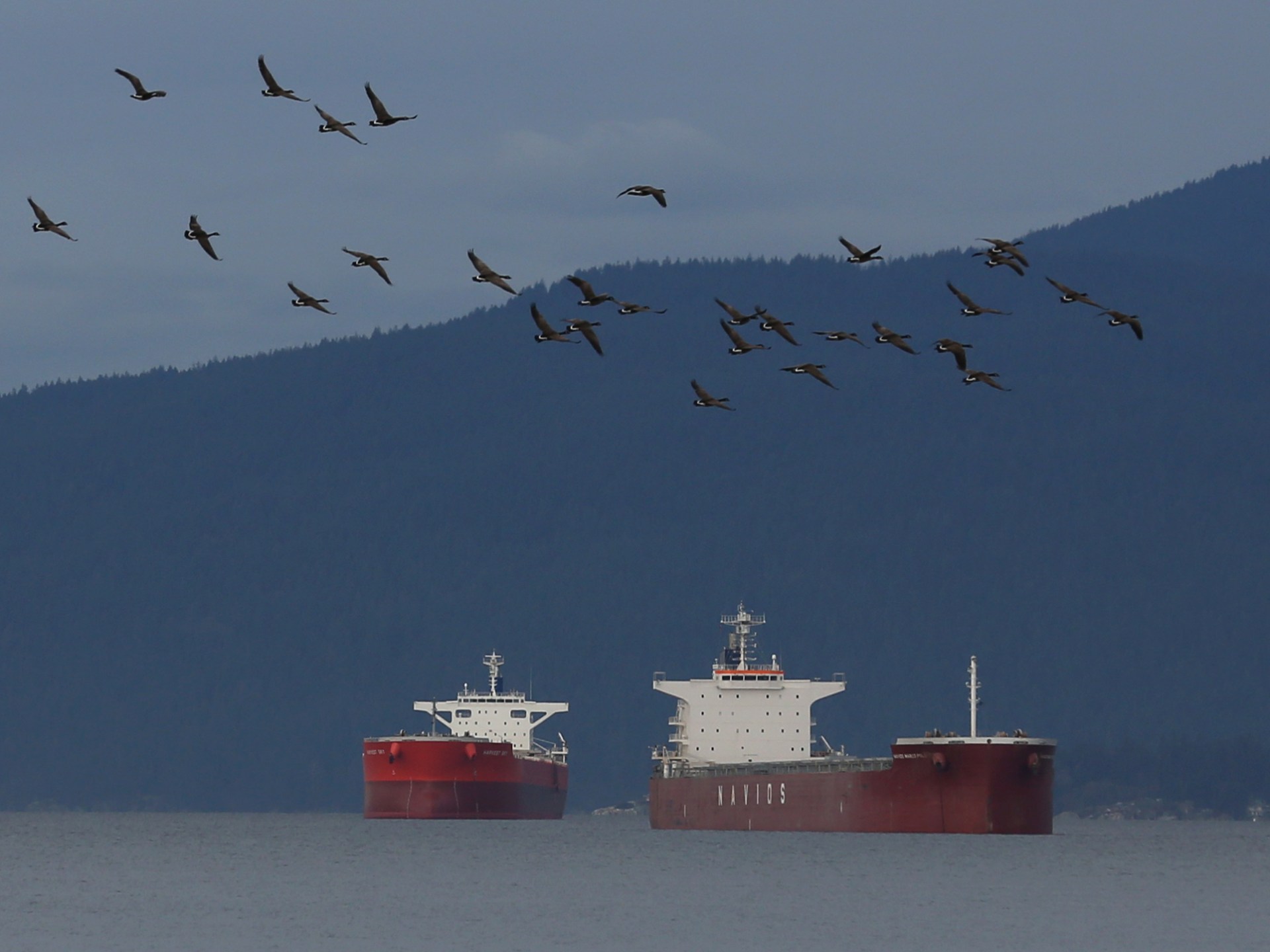Ukraine’s army readies for high-stakes fight against Russia as winter nears
 23 October 2024
23 October 2024


The coming winter will be a real test for an exhausted Ukrainian population in its third year of war.
Russia has steadily been degrading the country’s energy infrastructure, as power stations, electricity grid sub-stations and storage facilities have been targeted.
In a country where temperatures in winter fall regularly below freezing, the demands on Ukraine’s power grid will be substantial.
Front-line cities, like Kharkiv, will bear the biggest brunt, two of the power plants that serve the city having been destroyed in March.
Russia has identified a weak point in Ukraine’s infrastructure. Its energy grid is just too large to defend properly, especially when air defences are in relatively short supply.
A Ukrainian serviceman of the 80th Separate Galician Air Assault Brigade makes a snow angel in a bomb crater near Bakhmut, in the Donetsk region [File: Inna Varenytsia/Reuters]
The steady attrition of Ukraine’s ability to produce enough power for its population and economy has forced it to rely ever more on nuclear energy.
Fears of triggering a nuclear meltdown have left the nuclear power plants still under Ukrainian control relatively untouched.
But Ukraine has a lot of its energy needs in that one basket. Nuclear power currently provides 70 percent of Ukraine’s energy requirements, one of the highest levels in the world, even higher than France’s 65 percent.
No one is likely to start bombing nuclear power plants, but the substations and electricity switch yards – responsible for feeding their power into the grid – are vulnerable and hard to repair or replace.
Rolling blackouts during the summer were common but as autumn changes to winter, these power shortages will be more profoundly felt – not just by a lack of domestic heating but also by struggling to meet the power-hungry needs of Ukraine’s growing defence industry.
This industry is vital in keeping its armed forces equipped in the face of slowly waning support from the United States.
The looming US election
Regardless of who wins the election on November 5, American sentiment towards Ukraine, while still supportive, has steadily been dropping.
Domestic fiscal pressures, war weariness and the diversion of military resources to Israel over the last year have eroded the outpourings of goodwill and support offered to Ukraine after the invasion.
If current Vice President and Democratic nominee Kamala Harris becomes president, she will likely push for that aid to be maintained at the present level.
However, the combination of a potential Republican-held Senate and a growing number of Democrats who focus on local issues – and wonder just how long Washington will be required to fund a foreign war – could shackle her administration.
Aid is likely to continue, but at a lower level, just when Ukraine is trying to break the deadlock against Russia, which has thus far leveraged its allies to great effect.
Republican presidential nominee and former US President Donald Trump and Ukraine’s President Volodymyr Zelenskyy meet at Trump Tower in New York City, US, September 27, 2024 [Shannon Stapleton/Reuters]
Donald Trump, the Republican nominee and former president, has been vocal about his ability to solve conflicts quickly.
Such a resolution would likely involve a deal that would stop the war at its present position, with large parts of Ukraine’s resource-rich east occupied by Russia.
A decrease in US aid to Ukraine would likely force Kyiv to eventually accept a deal that would effectively freeze the conflict, but not resolve it.
A significant pause in the war would allow Russia to rearm and re-stock its military and the frozen conflict would be a bar to Ukraine’s entry into NATO.
Although it would also give Ukraine a chance to build up its forces, it would not provide President Volodymyr Zelenskyy with the security guarantees needed to stop Russia from restarting the conflict in the near future.
The US, which has encouraged Europe to step up and fill any potential shortfall in military aid, currently provides the vast majority of venture capital for European start-up defence companies.
Europe beckons, maybe
The European Union, many of its members also part of NATO, has repeatedly pledged its support for Ukraine, as Russia’s invasion refocused the defence priorities of both the alliance and the bloc.
The potential US aid shortfall is huge and Europe’s defence industries are only just starting to ramp up production, many worry that by the time industrial capacity is increased and billions spent, a peace deal could be signed, negating the need for vast amounts of military equipment.
In addition to the potential economic risks, politically Europe does not speak with a single voice.
Many EU members have shifted right, which could affect the bloc’s support of Ukraine.
Germany, the second-biggest donor after the US, has announced it plans to halve the military aid it gives Ukraine by next year.
Hungary’s president, Viktor Orban, has publicly declared that victory cannot be won on the battlefield and that negotiations should begin.
EU membership is another key issue, as Ukrainians see it as one of the fruits of an eventual victory over Russia, while EU members think of it as part of a negotiated solution.
While support has remained high for Ukraine, many Europeans think that military aid should flow to Ukraine to allow it to fight for better conditions at a future negotiating table.
The majority of Ukrainians, on the other hand, still hope for a total victory and the complete removal of Russia from its territory.
An expectation for a decisive Ukrainian victory on the battlefield drives this thinking, but that may not be likely.
Breaking the deadlock
Despite Ukraine’s surprise attack across the border into Kursk in late July, the war is still one of attrition, a “grinding down” of both Ukrainian and Russian forces, at great cost.
Western intelligence estimates place Russianis losses at about 1,200 dead and wounded a day. Despite these staggering losses, Russian forces are inching forward in Donetsk, closing in on the strategic city of Pokrovsk.
In the south, Russia has taken Vuledhar and there are now Ukrainian intelligence reports of a large troop build-up in the south, with the growing possibility of a renewed Russian offensive against Ukrainian positions, pushing towards the city of Zaporizhzhia.
A successful Russian offensive pushing north, combined with the seizure of Donetsk in the east, would have a profound impact on the conflict.
Pressured on three sides, Ukraine would struggle to keep its forces on the eastern side of the Dnipro River. With an earlier Ukrainian riverine assault in the south having ended in failure, the cross-border raids into Kursk having been fought to a standstill and slow Russian advances towards the northeastern city of Kupiansk, Ukrainian forces are being steadily squeezed.
Ukraine has desperately been renewing its recruitment efforts, trying to boost the numbers it needs to stem the Russian tide.
Finding means through which to go on the offensive Ukraine intends in the near future will be a serious challenge for President Zelenskyy, despite overwhelming support within the country for a military victory. The deadlock may well be broken, but it might be Russia breaking it.
Related News

UN peacekeeping mission in south Lebanon targeted 30 times in October

Germany says ‘sabotage’ presumed in damaged Baltic Sea telecom cables

US Election 2024: Understanding the United States in 20 maps
